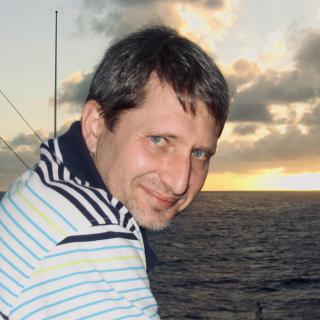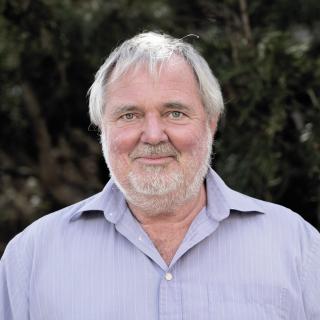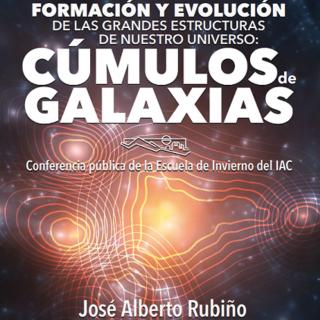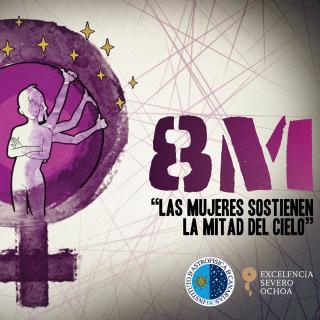
Disclaimer footnote: Any opinion, findings, and conclusions or recommendations expressed in this material are those of the authors and do not necessarily reflect the views of the US National Science Foundation. Vyacheslav (Slava) Lukin is a Program Director in the National Science Foundation (NFS) Division of Physics with responsibility for the program in Plasma Physics. In his own research, he focuses on understanding “magnetic reconnection”, a compex physical phenomenon which causes the aurora borealis, solar flares, coronal mass ejections and gamma ray bursts. This is a process which
Advertised on




